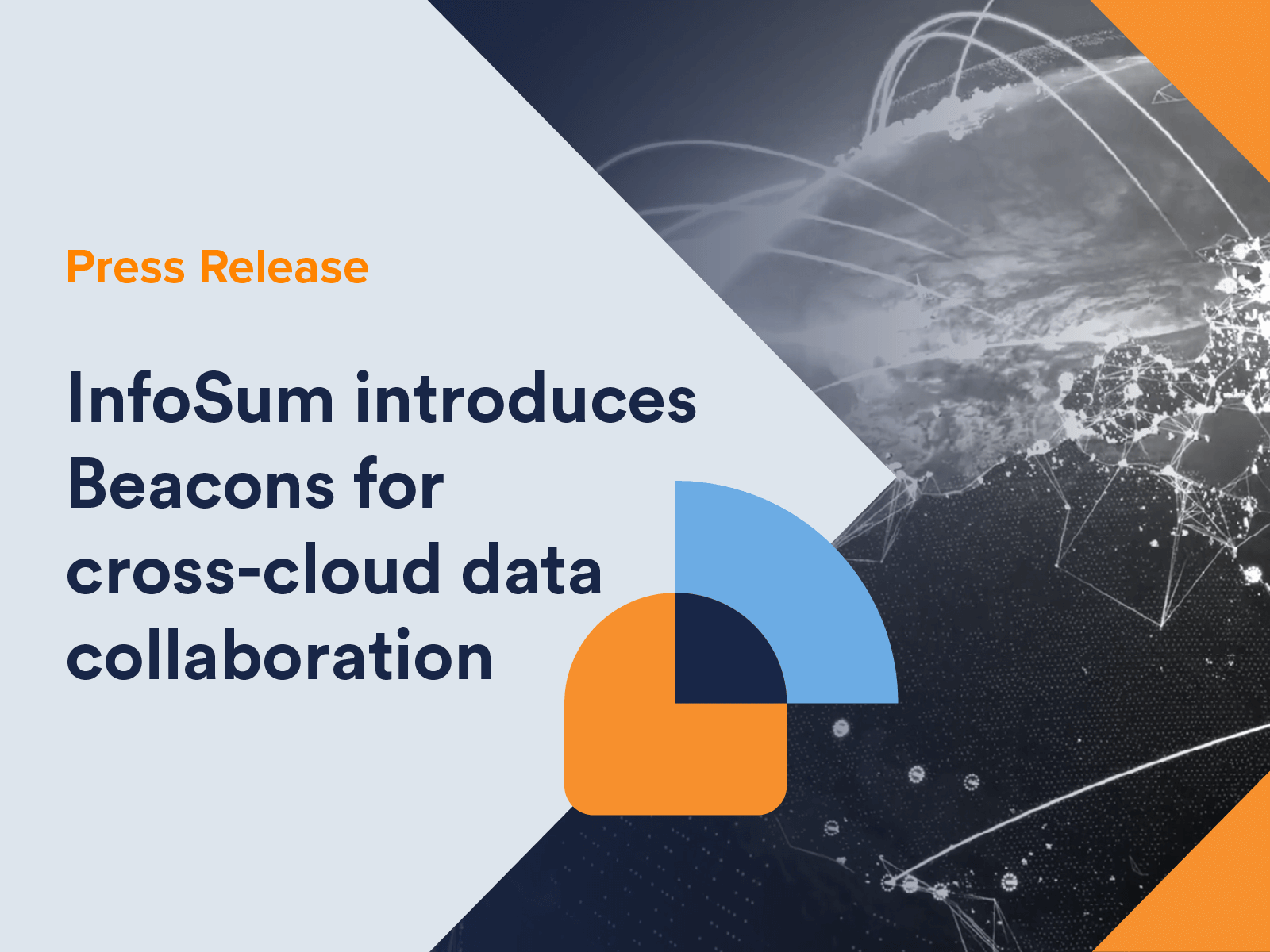Retail media has evolved significantly over the last few years. Increasingly consumers opt to complete the shopping online from their couch rather than venturing in-store, a trend only accelerated by the COVID-19 pandemic. This increasingly digital-first consumer behavior results in retailers collecting more first-party data than ever - data that can be used to deliver better shopper experiences.
In the conventional retail model, the retailer is not responsible for creating demand for the products they sell, simply supply. It is the brand that is responsible for creating the demand outside of the retailer’s ecosystem across various media platforms (e.g. TV, radio, display, OOH).
Many of these media solutions were driven by the infamous third-party cookie, a third-party identifier now on its final legs. With the loss of these data collection solutions, brands will lose much of their customer knowledge and will therefore increasingly rely on retailers for product-level browsing and purchase data.
Retail media networks provide retailers with the opportunity to make this customer knowledge available to brands and for them to act more like a media company - collaborating with brands to create demand for the products they supply.
The rise of retail media networks
Amazon was the first retailer to begin acting more like a media business, launching its advertising solutions in 2012. In Q1 2021, that advertising business was generating revenue of $6.9 billion. Over the last couple of years, more retailers have launched retail media networks, most notably, Walmart Connect, The Walgreens Ad Network, and Home Depot’s Retail Media+.
These media solutions enable brands to access the retailer’s first-party data and target consumers at the point of purchase. The addressable audience the retailer can offer includes both online and in-store. For example, a brand could target consumers with ‘sponsored products’ as they browse the retailer’s web properties, or while in-store via billboards and in-store radio stations.
In an increasingly competitive landscape, retailers are now exploring ways to offer even richer media experiences to brands; bringing together data from multiple parties to create expansive retail media ecosystems.
The evolution to retail media ecosystems
As with all first-party data, a retailer’s customer knowledge is only one piece of the puzzle. A retailer knows what products an individual is considering, but often knows nothing about their interests and hobbies.
A retail media ecosystem enables a retailer to create new collaborative relationships, bringing first-party data from brands, data providers, media owners, and even other retailers to unlock more knowledge and powering better data-driven customer experiences.
Let’s explore what data each party can bring to the table, and the benefits they enjoy.
Powering media ecosystems with InfoSum
Retail media ecosystems are an incredible opportunity for all parties. However, creating these ecosystems with traditional data technology can come with significant challenges due to their prerequisite to share and centralize data. These challenges include:
- Commercial trust: The centralization and commingling of data, requires each party to sacrifice control of their data and trust not only each other but a third-party provider, with one of their most valuable assets, data.
- Consumer privacy: While consumers have given consent for their data to be collected by the individual company, they may not have given consent for that data to be shared with other companies.
- Data security: Data in transit is at risk of leakage, and vast amounts of data stored in a single location, such as a data warehouse or data lake, creates a honeypot for potential hackers.
InfoSum is the only data collaboration solution that overcomes all these challenges. Our patented non-movement of data technology enables all parties in the ecosystem to collaborate across data sources, without sharing, centralizing, or commingling any data.
Each party in the ecosystem has its own private cloud instance, a Bunker. Only the data owner can ever access their Bunker. Our comprehensive permission controls enable each party to grant the other parties access to use their data as part of their analysis. These permissions never give access to the underlying data and it is impossible to accidentally share more insight than has been agreed.
Our best-in-class privacy controls are built-in at every step of the process. This ensures that the privacy of consumers is prioritized throughout, including our pioneering use of differential privacy techniques that ensure no individual can ever be re-identified.
With InfoSum, retail media ecosystems can be set up quickly and seamlessly. Giving each party in the collaboration control, transparency, and flexibility. Enabling the creation of new and exciting data-driven experiences that enhance the consumers’ shopping experience, and deliver incredible value to each member of the retail media ecosystem. A true win-win for all.
In our next blog, we’ll explore the top 3 opportunities for retail media ecosystems, so be sure to subscribe to find out when that goes live.
Learn more about InfoSum for Retail & CPGs.







